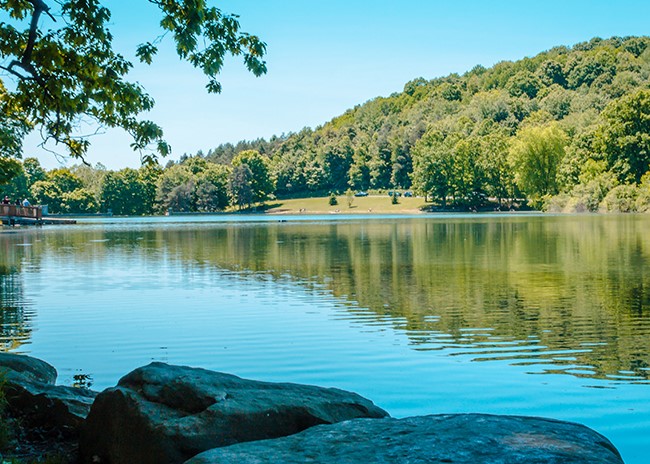It’s Time to Embrace Small Businesses

Did you know that half of all businesses in Indiana are small businesses? These companies are the economic drivers of the local economy. Typically, these same companies employ fewer than 10 employees. If you scan the horizon of your community, you will see a variety of them in the following industry sectors: construction, transportation, service, retail, agriculture, finance, wholesale, mining and manufacturing.
Economic development efforts, historically labeled as “smoke stack chasers”, used to be focused on attraction and retention while neglecting to focus on the companies that called the community home. In the 21st Century the approach changed, and the growth of local companies was necessary for rural and urban communities. Economic development efforts recognized a need and developed strategies for addressing needs and responses of the micro businesses on the Main Streets and outskirts.
Creating an entrepreneurial community is a multi-pronged approach, much like adding the ingredients of a recipe. Just like in anything, you must have effective and supportive leadership, from the top down and bottom up. This applies to both elected and non-elected positions. You will find that communities have influential people that do not have a political title but are essential to moving projects and action items forward in the community. They have influence over specific individuals in some capacity or another.
The first step In creating an entrepreneurial community is to align your leadership. Next is assessing and inventorying the businesses. How many businesses do you have in your community? What size are they? Where are they located? How many employees? What year were they established? Type of organization and industry? In addition, provide a needs analysis or gap analysis. What are the challenges in the market place or the community? This will require trust and a conversation.
The final step involves matching resources. Assess what is available in your county, region and state to work with business owners. How do they access it? Do not take a no for an answer. Many businesses may need an ombudsman to navigate the system. Creating an entrepreneurial community is exciting, and it’s a culture to celebrate.
LEARN ABOUT PURDUE’S BUSINESS RETENTION AND EXPANSION PROGRAM
Heather Strohm is community development regional educator for the Southwest Region of Purdue University Extension. She can be reached at strohmh@purdue.edu.


